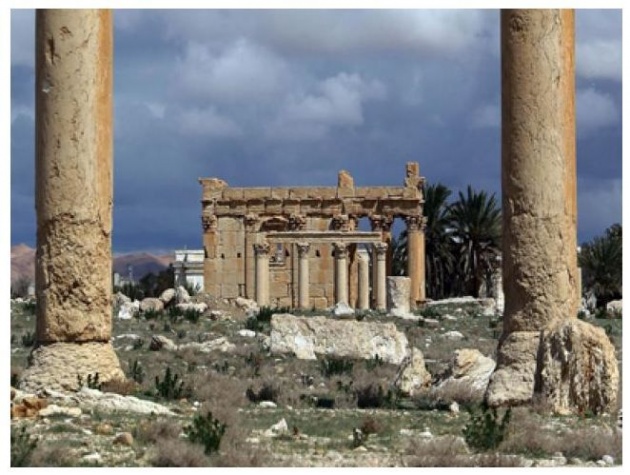
Islamic State fighters on Sunday blew up the ancient temple of Baal Shamin in the UNESCO-listed Syrian city of Palmyra, an official said, the latest in a series of cultural relics to be destroyed by the group.
Famed for well-preserved Greco-Roman ruins, Palmyra was seized from government forces in May.
"Daesh placed a large quantity of explosives in the temple of Baal Shamin today and then blew it up causing much damage to the temple," Syria's antiquities chief Maamoun Abdulkarim told AFP, using another name for IS.
"The cella (inner area of the temple) was destroyed and the columns around collapsed," he said.
The Syrian Observatory for Human Rights, a Britain-based group that monitors the country's civil war, confirmed the destruction of the temple.
Baal Shamin was built in 17 AD and it was expanded under the reign of Roman emperor Hadrian in 130 AD.
Known as the "Pearl of the desert", Palmyra, which means City of Palms, is a well-preserved oasis 210 kilometres (130 miles) northeast of Damascus.
Its name first appeared on a tablet in the 19th century BC as a stopping point for caravans travelling on the Silk Road and between the Gulf and the Mediterranean.
But it was during the Roman Empire -- beginning in the first century BC and lasting another 400 years -- that Palmyra rose to prominence.
Before the arrival of Christianity in the second century, Palmyra worshipped the trinity of the Babylonian god Bel, as well Yarhibol (the sun) and Aglibol (the moon).



